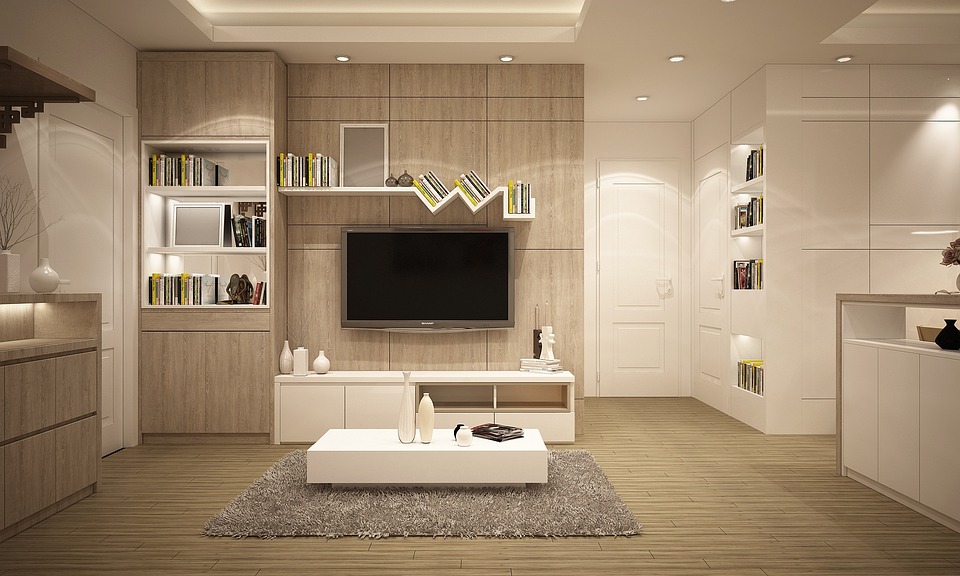In the dynamic realm of interior design, the industrial style has emerged as a powerful and captivating trend, transforming spaces into unique, urban-inspired havens. Characterized by raw, unfinished elements and an embrace of the gritty, industrial past, industrial interior design has transcended its roots in converted warehouses and factories to become a widely acclaimed aesthetic choice for homes, offices, and commercial spaces. This comprehensive guide delves into the essence of industrial interior design, exploring its key elements, evolving trends, and providing inspiring ideas for integrating this distinct style into your own spaces.
Understanding Industrial Interior Design
At its core, industrial interior design draws inspiration from the robust charm of warehouses, factories, and industrial spaces. Exposed brick walls, open ductwork, and utilitarian materials like steel and concrete are staples of this style. The goal is to showcase the inherent beauty of these raw elements while creating a functional and visually appealing environment.
Key Elements of Industrial Interior Design:
- Exposed Structural Elements: Unfinished, exposed elements such as beams, pipes, and ductwork are fundamental to industrial design. These elements add a sense of authenticity and character to the space.
- Raw Materials: The use of raw, industrial materials is a hallmark of this style. Steel, concrete, reclaimed wood, and distressed metal are commonly employed to create a rugged yet sophisticated atmosphere.
- Open Spaces: Industrial design often embraces open layouts, allowing for a seamless flow between different areas. This openness not only enhances the spacious feel of a room but also highlights the raw, industrial elements.
- Neutral Color Palette: Industrial interiors typically feature a neutral color palette dominated by shades of gray, black, white, and brown. This simplicity allows the focus to remain on the architectural elements and materials.
- Statement Lighting: Industrial lighting fixtures, such as pendant lights with exposed bulbs, are iconic in this style. These fixtures not only provide functional illumination but also serve as eye-catching design elements.
Evolving Trends in Industrial Interior Design
As with any design trend, industrial interior design continues to evolve, incorporating new ideas and influences to stay fresh and relevant. Some of the latest trends in industrial design include:
- Industrial Minimalism: A fusion of industrial and minimalistic styles, this trend focuses on simplicity and functionality while retaining the raw and rugged aesthetic of industrial design.
- Biophilic Elements: Integrating natural elements like plants and greenery into industrial spaces softens the harshness of industrial materials, creating a more inviting and balanced environment.
- Vintage Industrial Fusion: Combining vintage and industrial elements creates a nostalgic yet contemporary vibe. Think antique furniture paired with modern industrial fixtures for a unique and eclectic look.
- Industrial Glam: Adding a touch of luxury to industrial design, this trend incorporates metallic finishes, plush fabrics, and elegant accessories to create a more sophisticated atmosphere.
Inspirational Ideas for Industrial Interior Design
- Industrial Kitchen: Embrace stainless steel appliances, exposed shelving, and concrete countertops to create a sleek and functional industrial kitchen. Consider adding pendant lights with Edison bulbs for a vintage touch.
- Exposed Brick Accent Wall: Install an exposed brick accent wall in your living room or bedroom to infuse an industrial vibe. Pair it with minimalist furniture and industrial lighting for a balanced look.
- Industrial Home Office: Create a stylish and productive home office by incorporating a reclaimed wood desk, metal shelving units, and industrial lighting. The juxtaposition of raw materials and modern office furniture can enhance creativity and focus.
- Open Concept Living Space: Knock down walls to create an open concept living space that seamlessly blends the kitchen, dining, and living areas. Exposed ductwork and beams can add a sense of continuity throughout the space.
- Industrial Bathroom Design: Opt for concrete or subway tile walls, a floating vanity with an industrial-style sink, and black metal accents for an industrial-inspired bathroom. Vintage mirrors and Edison bulb fixtures can enhance the overall aesthetic.
In conclusion, industrial interior design stands as a testament to the beauty found in simplicity and the art of exposing the raw elegance of industrial elements. By understanding its key elements, staying abreast of evolving trends, and drawing inspiration from innovative ideas, you can effortlessly incorporate industrial design into your spaces, creating environments that are both functional and visually captivating. Embrace the industrial revolution within your living spaces and let the rugged charm of this style redefine the way you experience and appreciate interior design.




